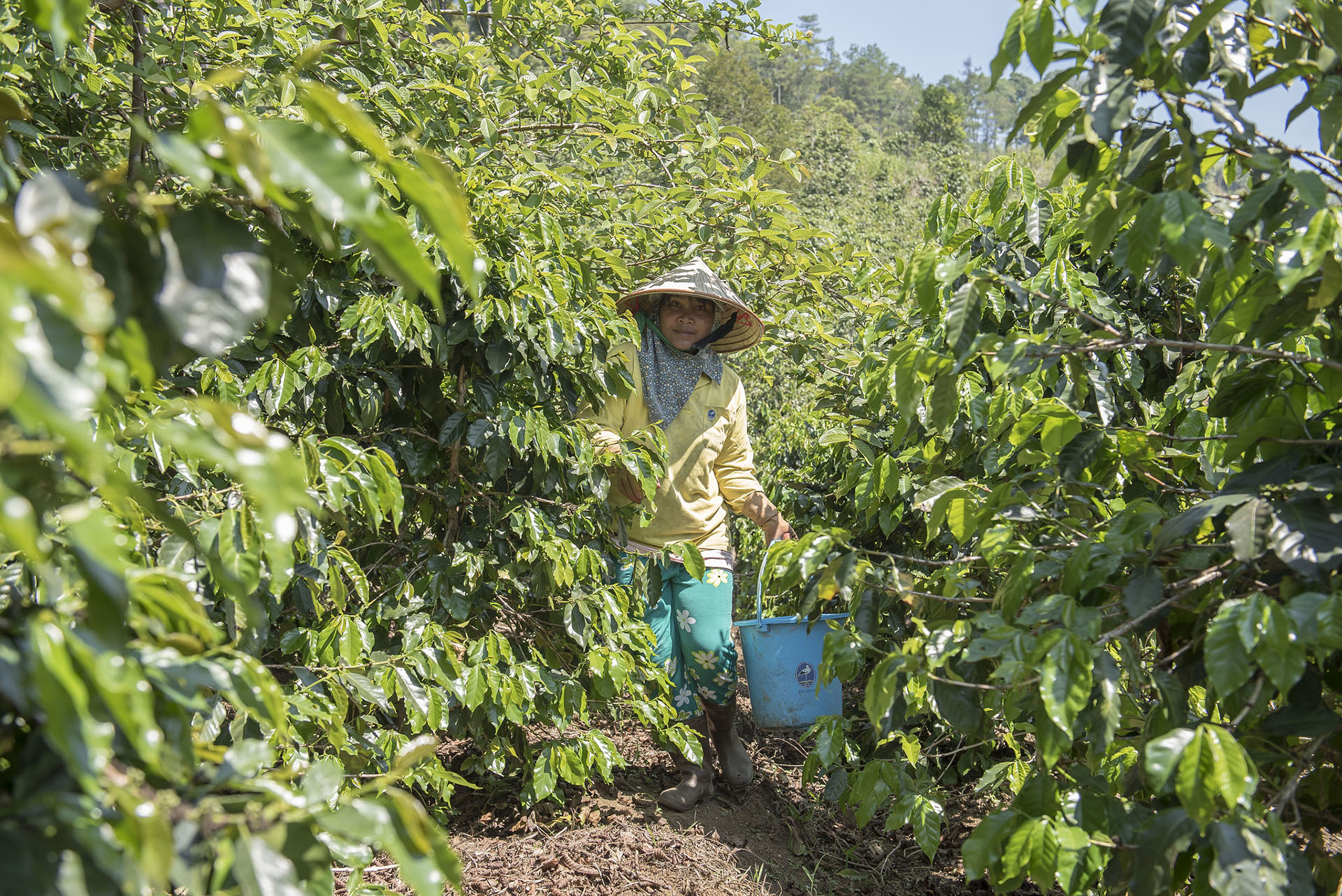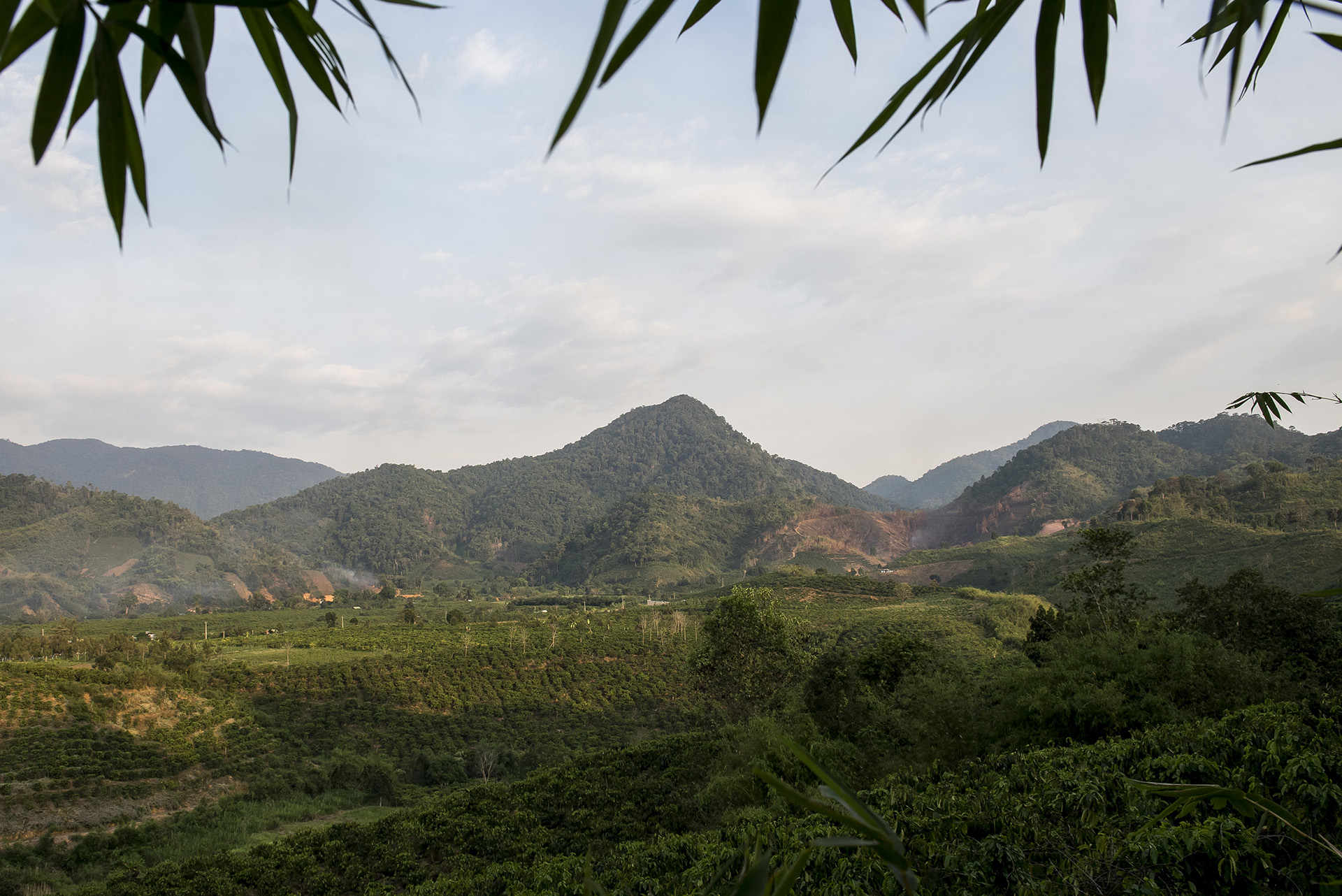Despite an impressive array of deforestation-free commitments by companies, progress on the ground is still limited. Scaling up these commitments beyond single actors, single supply chains or single locations remains challenging. However, lessons learned on integrated land-use planning for REDD+ are helping countries like Viet Nam tackle these challenges and move towards deforestation-free, sustainable landscapes.
Commitments by private sector actors to deforestation-free supply chains are growing every year, yet clear impacts on deforestation and forest degradation remain hard to demonstrate at scale. Forest Trends (Supply Change 2019) has identified 484 companies that have sustainable commodity commitments. Of these, 72 have committed to zero, or zero net deforestation, for at least one forest-risk commodity. Only 21 of the 72 companies with these commitments have reported any quantitative progress.
This lack of quantifiable and verifiable progress can serve as a barrier to scaling up of deforestation-free commitments. A lack of clarity around terms like zero deforestation and deforestation-free also contributes to the difficulty in assessing progress. Companies and other actors can define terms, as well as what constitutes forest, in different ways. And these terms may not account for the different values of forests. (See Box 1 for some definitions).

Definitions
Zero-deforestation commitments are a voluntary pledge by companies to demonstrate their intention to reduce or eliminate deforestation associated with commodities (Garrett, R.D. et al. 2019). Zero gross deforestation refers to stopping the conversion of all existing forested land (Fishman 2014 cited in FAO 2018), while zero net deforestation means preventing any change to the total forest area, with new forests compensating for converted forests (FAO 2018). A deforestation-free jurisdictional approach focuses on combining efforts – for example, by the public and private sectors – to promote sustainable commodity production (Taylor and Streck 2018) and reduce (and eventually eliminate) deforestation in a landscape.

Another key barrier is that most commitments are focused on a particular commodity or location and do not involve multiple actors in landscapes. There is still little biome or landscape scale implementation of commitments (Garrett et al. 2019), where actions are focused across landscapes that have a high risk of deforestation for commodity production. This can increase the risk of fragmentation of forest areas and leakage of pressures (e.g. when an action successfully reduces pressures in one area, but at the same time causes increased pressures in another area), and could lead to a loss of competitiveness, due to higher production costs for producers and companies adhering to the commitment.

So how can integrated land-use planning help convert deforestation-free commitments to deforestation-free landscapes?
Integrated land-use planning is a process that engages stakeholders from various sectors, taking into account different objectives and activities in the landscape and any decisions relating to them. It aims to enable sectors to achieve their goals with minimum conflict and enhanced benefits for society, economy and environment (García-Rangel et al. 2017). Integrated land use planning is among a number of vital elements that can help to address some of the barriers to scaling up deforestation free commitments, such as political commitment of government actors, availability of appropriate finance, and technological tools to support effective monitoring.
Integrated land-use planning can help move deforestation-free commitments from single actors to whole supply chains or landscapes. As noted by Taylor and Streck (2018), “corporate actors cannot stop deforestation on their own.” Integrated land-use planning brings together different actors – public and private – whose actions affect the management of land and forests. It can provide a framework for negotiating the allocation of land, accommodating production, management and conservation, and identifying common goals. This can help to establish corporate commitments, scale up a commitment into a deforestation-free jurisdictional approach, or determine how commitments could best be implemented to optimize gains for the landscape.
Another barrier is that without more stringent regulations or more consumer demand for sustainably-produced commodities, companies have few incentives to take action. Integrated land-use planning can help create an enabling environment, by developing a framework for governing the landscape. If proposed land-use zones are respected by the government, private sector and community actors, risks of leakage, fragmentation and illegal conversion can be reduced. Consistent application of sustainability rules contributes to levelling the playing field, so it is not just one company bearing a higher cost of production. A supportive land-use plan can also support fiscal incentives, reforms to permitting processes for approving investments and land concessions, and price premiums or geographic indications for sustainably-produced products.
Integrated land-use planning can help address barriers related to the credibility of deforestation-free commitments and reducing risks (e.g. financial, reputational, social, environmental) for actors and communities. Land-use planning processes often form a key element of REDD+ country safeguards frameworks, precisely because they can reduce risks and enhance the benefits of REDD+. An agreed land-use plan can help ensure that as companies reduce deforestation risks in their supply chains, deforestation pressures are not simply displaced to other areas or other supply chains. It may also improve the tenure security of smallholder farmers and businesses, allowing more long-term investments in sustainable production. Along with information sharing, advocacy and other elements, integrated land-use planning that incorporates free, prior and informed consent or similar requirements can reduce the risk that the rights and interests of forest dependent communities, natural resource users and farmers will be subsumed in a push to achieve a deforestation-free supply chain or jurisdiction.
Lessons learned
These lessons, and others, generated by integrated land-use planning for REDD+ are helping countries like Viet Nam institute new land-use planning processes and move towards deforestation-free, sustainable landscapes. In the past few years, Viet Nam has revised its National REDD+ Action Programme and developed a series of Provincial REDD+ Action Plans. Land-use planning has played a key role in both, with the provincial plans in particular developed using a participatory, integrated land use planning approach.
The experiences gained, from fostering cooperation and data sharing between sectors to the integration of spatial plans, are also being incorporated into new developments. Viet Nam has reformed planning processes nationwide, consolidating around 25 laws and thousands of different plans under one Law on Planning (2017); this law also aims to mainstream environmental considerations in the planning process. The implementation of new planning processes under this law are underway.
Lessons from Viet Nam’s National REDD+ Programme are being shared to inform the country’s planning processes. These lessons are also informing development of a deforestation free jurisdiction in the Central Highlands. This region is at the forefront of efforts to conserve natural forests and biodiversity while sustaining agricultural production, particularly for coffee and other high-value crops. Partners at the national and local levels are seeking to promote integrated, sustainable land management, formulating a deforestation-free jurisdictional approach to be piloted in the Central Highlands. This approach aims to demonstrate the viability of deforestation-free and sustainable agriculture production as part of integrated and inclusive landscape management.



